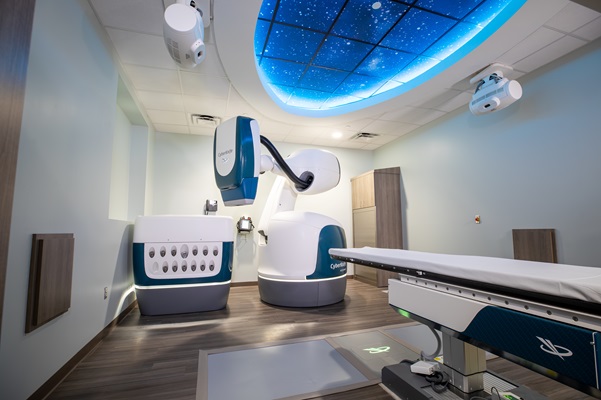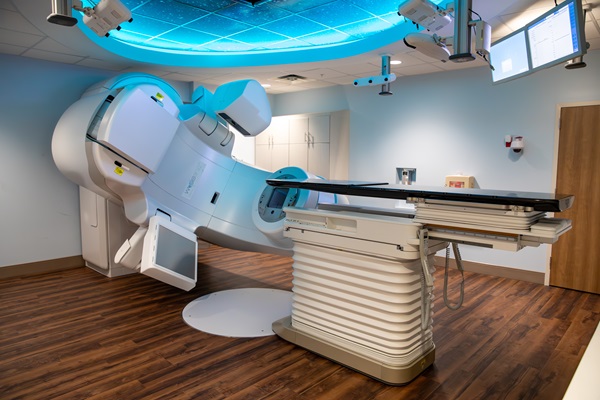Tampa General Hospital's Radiation Oncology program is committed to providing the highest quality patient care and improving cancer outcomes. Our nationally recognized and specialized team offers state-of-the-art therapies, innovative techniques, and individualized treatment plans. Tampa General Hospital has been named Top 10% in the Nation for Cancer care by U.S. News & World Report for 2025-26.
A Multidisciplinary Approach to Radiation Oncology
As an academic medical center, we utilize a multidisciplinary team approach to treat all types of cancer and provide the most advanced radiation therapies available, including brachytherapy, image-guidance, surface guidance, intensity-modulated radiation therapy, SRS, SBRT, electron therapy and in the near future, proton therapy. With technology and treatment based on evidence, practice, research and education, we continue to improve outcomes and quality of life for our patients.
Our Radiation Oncologists
Our radiation oncologists are highly skilled, combining their expertise with the use of state-of-the-art radiation technology to ensure the best outcomes for our patients. We are active leaders of groundbreaking clinical trials and research in radiation therapy, allowing us to provide the most up-to-date and helpful treatments for our patients.
Additionally, because our approach to radiation oncology care is multidisciplinary, TGH’s cancer treatment teams include radiation oncologists as well as other specialized oncologists, surgeons, radiologists, pathologists, supportive care experts, nurses, and many others who are all dedicated to providing world-class care to our patients.







